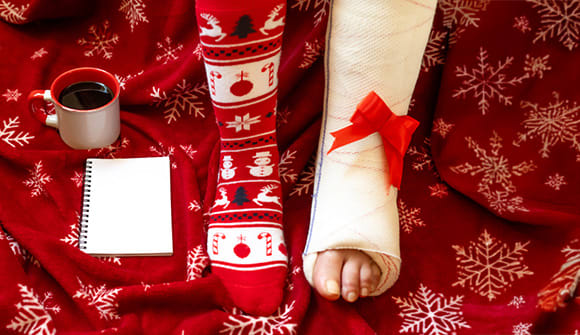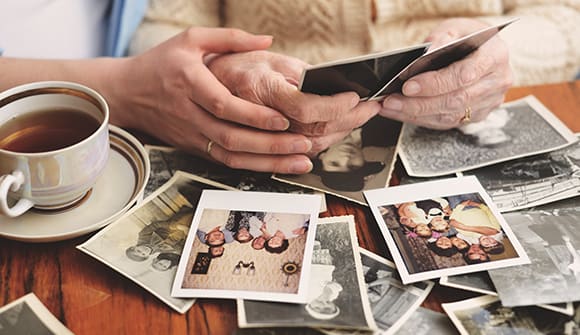Shifting superbugs
How germs become resistant to treatment.
Article Author: Juliette Allen
Article Date:

Antibiotics are some of the strongest tools health care providers have to treat potentially deadly infections. But a new report from the World Health Organization (WHO), presented at the European Congress of Clinical Microbiology and Infectious Diseases, warns there aren’t enough new treatments in creation, especially for the most serious germs that are resistant to existing drugs.
“A germ, also known as an organism or pathogen, is a bacteria, fungus, virus or parasite,” explained Shalika Katugaha, MD, system medical director of Infectious Diseases for Baptist Health. “Antibiotic-resistant or drug-resistant means the germ has the ability to defeat the drugs that are meant to kill or suppress it. In other words, the organisms continue growing and multiplying.”
Thwarting treatment
So, how do once-treatable germs evolve to drug-resistant superbugs?
“To say it in simple terms, the organisms will always try to fight back against antibiotics or antimicrobials, and they put up a good fight,” Dr. Katugaha explained. “These defense strategies are called resistance mechanisms. There are many types, some of which can combine to make all antimicrobials ineffective, resulting in an untreatable infection.”
Though antibiotics have saved countless lives, misuse and overuse of these drugs are the primary causes of resistance, according to Dr. Katugaha.
“We need to use antibiotics responsibly,” she said. “The more organisms are exposed to antimicrobials, the more opportunities they have to try to outsmart them. According to the Centers for Disease Control and Prevention (CDC), each year, 47 million antibiotic courses are given for infections that don’t need them. Antibiotics don’t work on viruses, like colds and flus.”

Courtesy: Centers for Disease Control and Prevention
Problematic pathogens
The WHO declared antimicrobial resistance “one of the top 10 global public health threats facing humanity.”
“When individuals are infected with pathogens, there are usually many treatment options,” said Dr. Katugaha. “But when the organisms are drug-resistant, there may only be a few remedies that will work. Resistant infections are difficult and sometimes impossible to treat. When germs develop resistance, we lose a tool in our defense against bacteria or fungi. We lose a life-saving drug for the next generation.”
Stifling superbugs
While the situation is serious, there are simple steps you can take to protect yourself and your loved ones from acquiring a drug-resistant infection.
“In general, just do your best to stay healthy,” Dr. Katugaha said. “Wash your hands, stay home when you’re sick, get recommended vaccines and take care of chronic health conditions that put you at higher risk for infection.”
Having an honest consult with a doctor about your specific symptoms and experience can help them prescribe the right treatment – antibiotics or alternate medications.
When you’re not feeling well, your primary care physician can help you get the appropriate treatment and referrals to follow-up care, if needed. To find the right provider for you and your family, call 904.202.4YOU or fill out the appointment request form.
Sources: Centers for Disease Control and Prevention, World Health Organization




